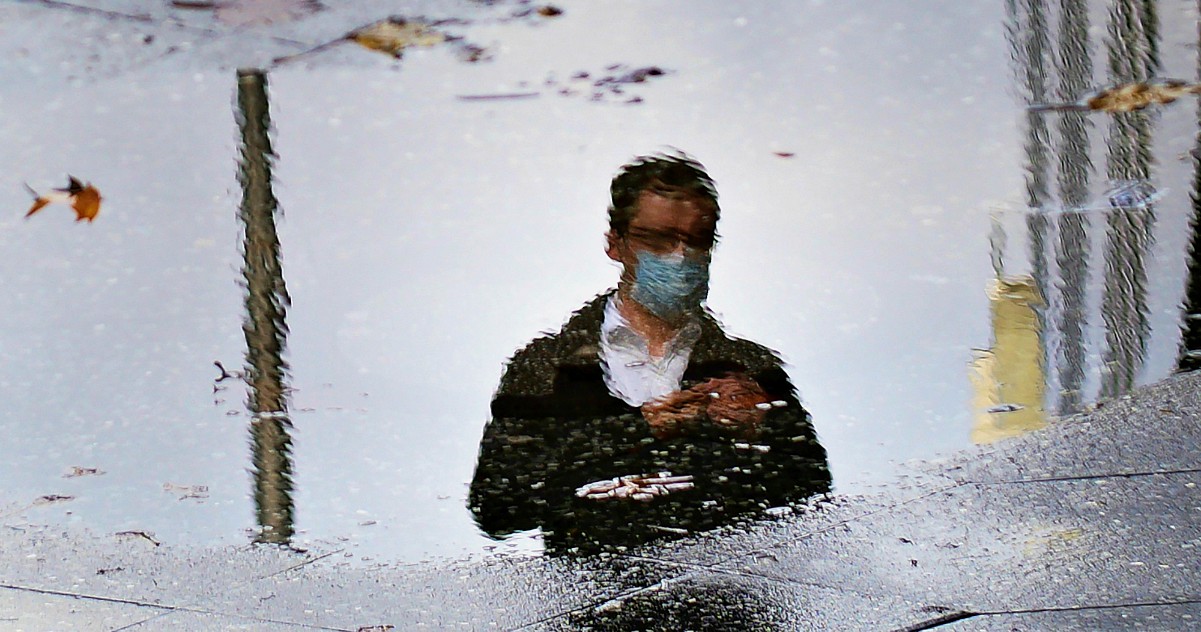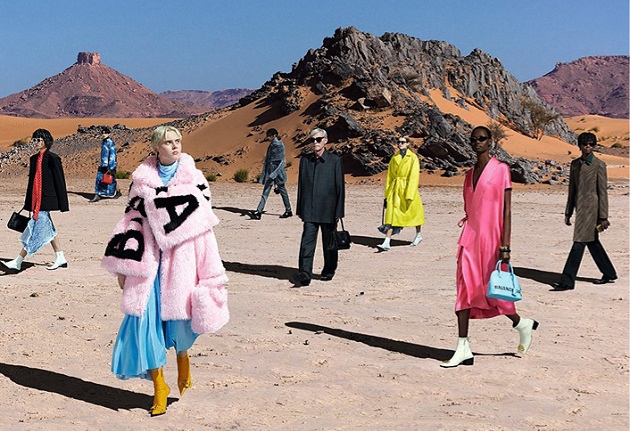“For me it is the typical temple of art. With the columns in front of the door, with the large staircase that leads up into the high realms of art. So there is really something uplifting, actually also in a physical sense.” This is how Lisa Zeitz, editor-in-chief of the specialist magazines “Weltkunst” and “Kunst und Auctions” assesses the Metropolitan Museum of Art.
Cultural Heritage of Humanity
The building, built in neoclassical style on the edge of Central Park, houses 5,000 years of art history from all parts of the world. The “Met”, as the New Yorkers call it, is an encyclopedic museum that covers the cultural heritage of humanity from prehistory to the present day. Every year around seven million visitors flock through the opulent “Great Hall” at the entrance and spread out in the widely branched galleries with paintings, glass, musical instruments or even an Egyptian temple complex.
The Met is a place where you can lose yourself – at least that’s how 13-year-old Theo experiences it in Donna Tart’s novel “The Distelfink”:
“A palace whose rooms lined up endlessly and looked more and more deserted the further you went. I wandered further and further into the labyrinth of galleries, until I sometimes got into forgotten halls with armor and china that I had never seen before.”
From a dance school to Central Park: The Metropolitan Museum only moved to its current location in 1880 (imago / Circa Images)
Since it was founded on April 13, 1870, the Metropolitan Museum of Art has grown to become the largest art museum in the United States. In 1866, shortly after the end of the American Civil War, a group of liberal society reformers had committed themselves to the idea of building a museum that would give the American people access to art. They believed in their inspiring power – and looked enviously at the flourishing museum landscape in Europe. William Luers, Former President of the Metropolitan Museum:
“Many of the men who had traveled to Europe came to the realization that one of the things that is missing in America is an understanding of art to bring beautiful forms, aesthetics closer. “
However, there was still neither a building nor exhibits for the museum. So the initiators asked business people, bankers and artists for donations for their project. On February 20, 1872, two years after it was founded, the museum was opened in its first quarter, a former dance school. The holdings now include three European private collections with works by Frans Hals, Poussin or Tiepolo and plaster casts of sculptures from antiquity and the Renaissance.
90 percent of the collection comes from private ownership
In 1879 the administrators of the Met appointed the officer and antiquities collector Luigi Palma di Cesnola as its first director. He had previously sold several thousand finds to the museum – objects, most of which came from illegal excavations in Cyprus. Under his aegis, the company moved to its current location in Central Park in 1880. The original building was continuously expanded to make room for the growing collection. Separate departments for Egyptian and Islamic art, European painting and, of course, American art were created. William Lewis:
“At the beginning of the 20th century it was industrialists like JP Morgan who set the course for the museum, who determined what the collections should look like, how the museum was run financially. It was only after the Second World War that the Metropolitan Museum of Art became professional Curators. But the great patrons have clearly left their mark on the museum. ” And they still do today. 90 percent of the collection comes from private ownership.
The museum has brought some donations into moral conflict. The current director Max Hollein has decided to ensure more transparency here – also with regard to the provenance of objects that come from illegal excavations or are associated with Nazi robbery. Because – so it was said in a speech in the run-up to the foundation – that should also be the Met: Quote “A museum of virtue, purity, goodness and truth.”
–


